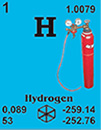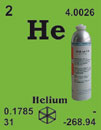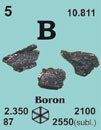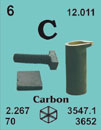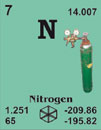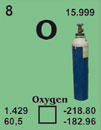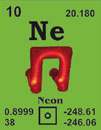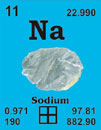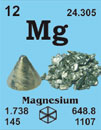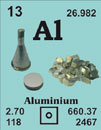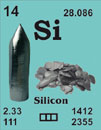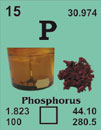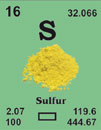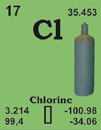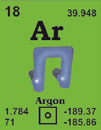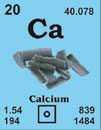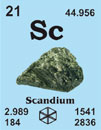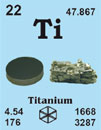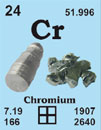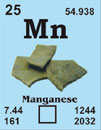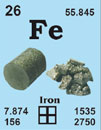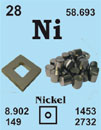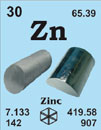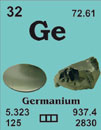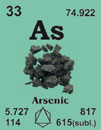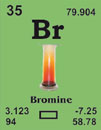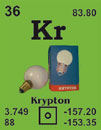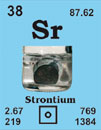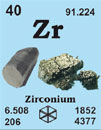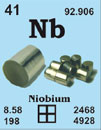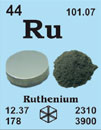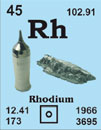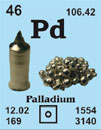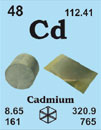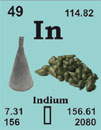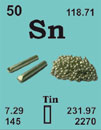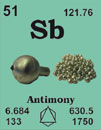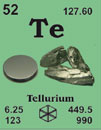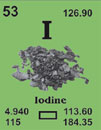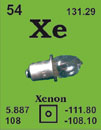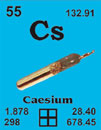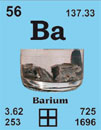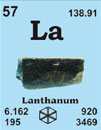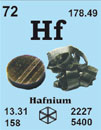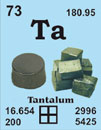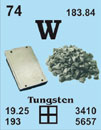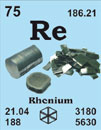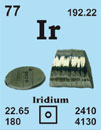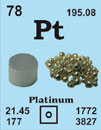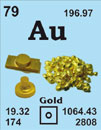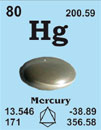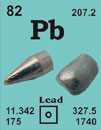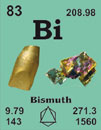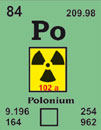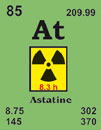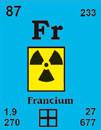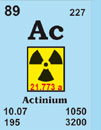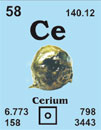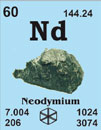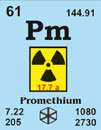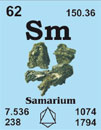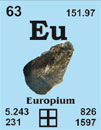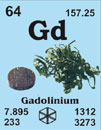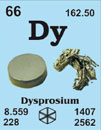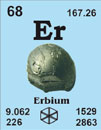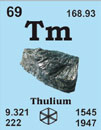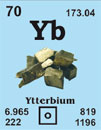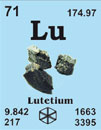& Kristalle GmbH

-
 English
English
-
 Deutsch
Deutsch
Keine Artikel
Gesamt zzgl. MwSt.
Lanthan (La)
Wir sind führender Hersteller und Lieferant von Forschungsmaterialien
Lanthan 57La138.905
1839 von C.G. Mosander in Stockholm, Schweden, entdeckt.
[Griechisch, lanthanein = verborgen sein]
French: lanthane
English: lanthanum
Italian: lantanio
Spanish: lantano
Beschreibung: Weiches, silberweißes Metall; läuft in Luft schnell an und verbrennt leicht. Reagiert mit Wasser unter Entwicklung von Wasserstoff. Verwendet für optische Gläser und Feuersteine. La3+ wird als biologischer Tracer für Ca2+ benutzt.
Further Materials properties
| Crystal structure: |
(cell dimensions/pm), space group, |
|---|---|
| X-ray diffractions mass absorption coefficients: | CuKa 341 (µ/r) / cm2g-1 MoKa 45.8 (µ/r) / cm2g-1 |
| Neutron scattering length: | 0.824 b/10-12 cm |
| Thermal neutron capture cross-section: | 8.98 sa / barns |
| Density: | 6145 kg/m-3 [298 K] |
| Melting point: | 920.85°C / 1194°K |
| Boiling point: | 3456.85°C / 3730°K |
| Molar volume: | 22.60 cm3 |
| Thermal conductivity: | 13.5 [300 K] W m-1K-1 |
| Coefficient of linear thermal expansion: | 4.9 x 10-6 K-1 |
| Electrical resistivity: | 57 x 10-8 [298 K] Ωm |
| Mass magnetic susceptibility: | +1.1 x 10-8(s) kg-1m3 |
| Radi: | La3+ 122; atomic 188; covalent 169 |
| Electronegativity: | 1.10 (Pauling); 1.08 (Allred); 3.1 eV (absolute) |
| Effective nuclear charge: | 2.85 (Slater); 9.31 (Clementi); 10.43 (Froese-Fischer) |
| Number of Isotopes (incl. nuclear isomers): | 26 |
| Isotope mass range: | 125-> 149 |
Biological data
| Biological role: | None. |
|---|---|
| Toxicity | |
| Toxic intake: | n.a. |
| Lethal intake: | LD50 (chlorine, oral, rat) = 4200 mg Kg-1 |
| Hazards: | Lanthanum is mildly toxic by ingestion, and causes liver injury |
| Level in humans | |
| Blood: | n.a. mg dm-3 |
| Bone: | < 0.08 ppm |
| Liver: | 0.3 ppm |
| Muscle: | 0.0004 ppm |
| Daily dietary intake: | n.a. but very low |
| Total mass of element in average [70 kg] person: |
c. 0.8 mg |
Geological data
| Minerals: | Minerals are very rare. Iodine cycles through the environment, and rain water contains about 0.7 p.p.b. | |||
|---|---|---|---|---|
| Mineral | Formula | Density | Hardness | Crystal apperance |
| Allanite | Ca(Ce,La)(Al,Fe)3(SiO4)3OH | 4.0 | 5.5 - 6.0 | mon., sub-met. black |
| Bastnäsite-La* | (La,Ce,etc.)CO3(F,OH) | n.a. | n.a. | hex. |
| Cerite | (Ce,La,Ca)9(Mg,Fe)Si7(O,OH,F)28 | 4.75 | 5 | rhom., res. black |
| Monazite-La | (La, Ce, Nd, Th, etc.)PO4 | 5.20 | 5 - 5.5 | mon., waxy/vit. yellow-brown |
* Varieties of these minerals that are particularly rich in lanthanum.
| Chief ores: | monazite, bastnäsite |
|---|---|
| World production: | 12 500 tonnes/year |
| Producing areas: | USA, Brazil, India, Sri Lanka, Australia |
| Reserves: | c. 6 x 106 tonnes |
| Specimen: | available as chips, ingots or powder. Care! |
| Abundances | |
|---|---|
| Sun: | 13.5 (relative to H = 1 x 1012) |
| Earth's crust: | 32 ppm |
| Seawater | |
| Atlantic surface: | 1.8 x 10-6 ppm |
| Atlantic deep: | 3.8 x 10-6 ppm |
| Pacific surface: | 2.6 x 10-6 ppm |
| Pacific deep: | 6.9 x 10-6 ppm |
| Residence time: | 200 years |
| Classification: | recycled |
| Oxidation state: | III |
Source: Emsley, J. (1998) The Elements (3rd Edition)
Other sizes and specifications on request
Übersicht der Elemente mit Zugang zu unserem Shop
Fax: +49 (0) 2461 - 9352 - 11

